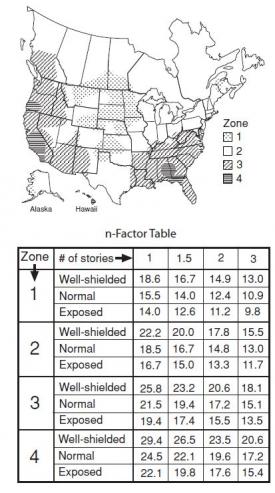You will need to convert the 0.6ACH50 value to a value at "natural pressure" conditions.
There are several ways to do this, of varying speed and accuracy.
What is typically done in residential calculations is to use a correction factor, known as an "n-factor" or "LBL factor" (after Lawerence Berkeley Lab, where it was developed) to convert your air change rate at 50 pascals (ACH50) to an air change rate at natural pressure (ACHnat).
ACHnat = ACH50/n
The n-factor comes from a series of corrections, based on climate zone (temperature influence), the number of stories (stack effect influence), and how exposed the building is (wind influence). Here is a table for looking up the n-factor for U.S. locations:

If you would like a more rigorous approach, you can derive the factor for your application by doing an hourly calculation with local weather data, similar to how the n-factors were determined above, or do a full airflow-network model in CONTAM or related pressure-network software. Consult the ASHRAE Handbook of Fundamentals chapter on Infiltration and Ventilation for equations on residential infiltration (16.24 in ASHRAE HOF 2017).





